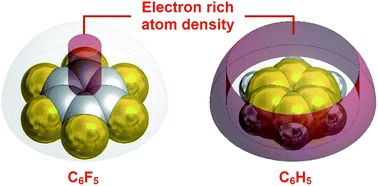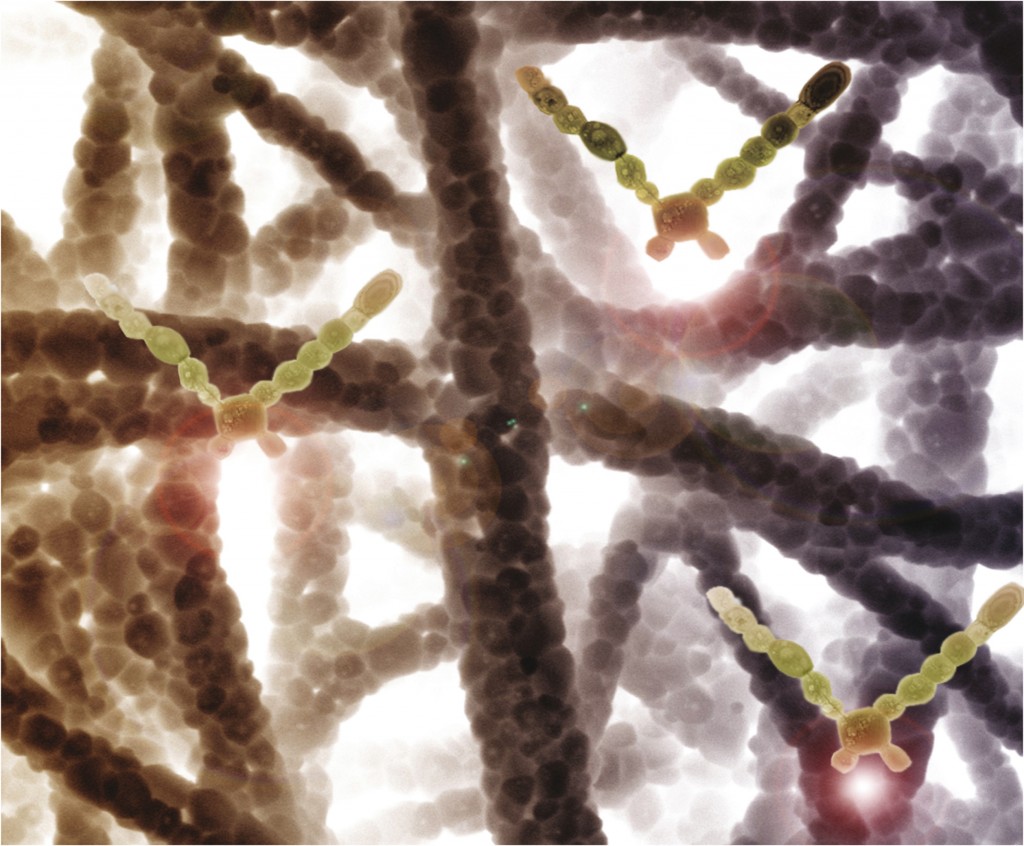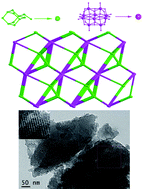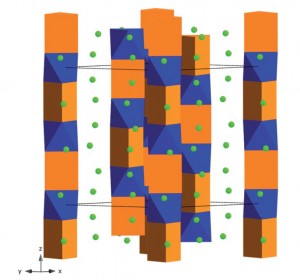This month sees the following articles in CrystEngComm that are in the top ten most accessed:-
The self-assembly of single-walled metal–organic nanotubes constructed from CuCl2 chains and ditetrazoles
Bing Li, Shun-Wei Chen, Zheng Chen, Jie Chen, Jian-Zhong Guo and Li Liu
CrystEngComm, 2011, 13, 6610-6612 DOI: 10.1039/C1CE05921A
Metal ion modulation of polycatenation networks constructed by mixed rigid and flexible bridging ligands
Xiao-Ning Cheng, Wei-Xiong Zhang and Xiao-Ming Chen
CrystEngComm, 2011, 13, 6613-6615 DOI: 10.1039/C1CE05933E
The synthesis, structures and reactions of zinc and cobalt metal–organic frameworks incorporating an alkyne-based dicarboxylate linker
Andrew D. Burrows, Laura C. Fisher, David Hodgson, Mary F. Mahon, Naomi F. Cessford, Tina Düren, Christopher Richardson and Sean P. Rigby
CrystEngComm, 2012, Advance Article DOI: 10.1039/C1CE06044A
An unprecedented (4,24)-connected metal–organic framework sustained by nanosized Ag12 cuboctahedral node
Di Sun, Yun-Hua Li, Shu-Ting Wu, Hong-Jun Hao, Fu-Jing Liu, Rong-Bin Huang and Lan-Sun Zheng
CrystEngComm, 2011, 13, 7311-7315 DOI: 10.1039/C1CE05672G
Study of a hydrothermal reaction system of copper, imidazole and polyoxometalates: selective assembly of a 3D porous metal–organic pseudo-rotaxane framework and encapsulation of polyoxometalate clusters
Hai-jun Pang, Hui-yuan Ma, Jun Peng, Chun-jing Zhang, Peng-peng Zhang and Zhong-min Su
CrystEngComm, 2011, 13, 7079-7085 DOI: 10.1039/C1CE05648D
An unprecedented twofold interpenetrated layered metal–organic framework with a MoS2-H topology
Lalit Rajput, Seunghee Hong, Xinfang Liu, Minhak Oh, Dongwook Kim and Myoung Soo Lah
CrystEngComm, 2011, 13, 6926-6929 DOI: 10.1039/C1CE06038D
Structural diversity and fluorescent properties of Zn(ii)/Cd(ii) coordination polymers with a versatile tecton 2-(carboxymethoxy)benzoic acid and N-donor co-ligands
Cai Li, Dong-Sheng Li, Jun Zhao, Yi-Qing Mou, Kun Zou, Shu-Zhang Xiao and Miao Du
CrystEngComm, 2011, 13, 6601-6609 DOI: 10.1039/C1CE05896G
Seed-mediated synthesis of polyhedral 50-facet Cu2O architectures
Shaodong Sun, Dongchu Deng, Chuncai Kong, Yang Gao, Shengchun Yang, Xiaoping Song, Bingjun Ding and Zhimao Yang
CrystEngComm, 2011, 13, 5993-5997 DOI: 10.1039/C1CE05243H
A series of coordination polymers based on 5,5′-(ethane-1,2-diyl)-bis(oxy)diisophthalic acid and structurally related N-donor ligands: syntheses, structures and properties
Wei-Qiu Kan, Jian-Fang Ma, Bo Liu and Jin Yang
CrystEngComm, 2012, Advance Article DOI: 10.1039/C1CE05877K
Zinc(ii) coordination polymers with pseudopeptidic ligands
Vicente Martí-Centelles, D. Krishna Kumar, Andrew J. P. White, Santiago V. Luis and Ramon Vilar
CrystEngComm, 2011, 13, 6997-7008 DOI: 10.1039/C1CE05872J
Why not take a look at the articles today and blog your thoughts and comments below.
Fancy submitting an article to CrystEngComm? Then why not submit to us today or alternatively email us your suggestions.




















